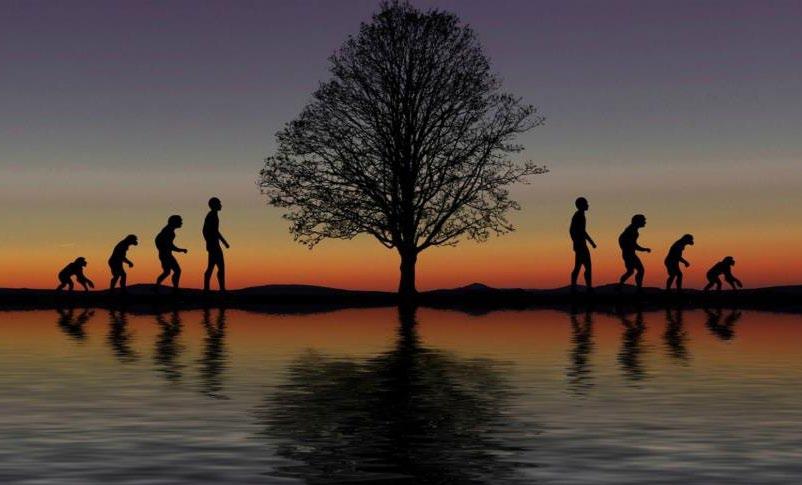The evolution of PR professionals By Doncaster Maboha PR in its earliest days was known as the profession of generating press releases. Today, it has swiftly transformed to include social media and other modern platforms in adapting to the fast-changing society. PR agencies are consistently finding new ideas to establish connections to clients while the consumer base is getting smarter and more involved. PR has received a total transformation, its key elements being information, persuasion, and building trust. Through the years, PR professionals have focused a large majority of their time on content creation. The development of the internet has made PR change drastically, moving from a broadcast model to an engagement model, which means that industry professionals are in a constant two-way conversation with the media. PR professionals are now focusing less on traditional efforts, trying to make outreach and engagement with the media more organic. By doing so, we are conveying messages to the editors that are more natural and specific to their interests, rather than generic and regulated bulk emails. The rise of digital technology has played a major role in the Public Relation industry’s evolution. 25 years ago, Public Relations wasn’t spearheaded by the digital services we have today. Where once traditional PR 16
|
JANUARY - MARCH 2021
focused on offline visibility, distributing press releases and news in a one-way communication funnel, today digital PR has brought brands online, allowing them to broadcast information in real-time and have an actual conversation with their audiences.
the internet and the role of the individual in the PR conversation. Individuals can host blogs, YouTube channels, websites, Instagram stories, Facebook posts, Facebook live videos, and podcasts; some of which have become as popular as major news networks.
It’s evident that over the last 25 years, PR has evolved in many different ways, across a variety of platforms. PR is now driven by digital. We must now consider how, where and what consumers interact with via these networks, restructuring entirely how we as PR professionals reach our audiences.
In other words, individuals can become the media or comment on, like, and share stories on major media platforms. Both cases have helped further expand the functions and responsibilities of public relations, with the unique requirements needed for each platform.
Emergence of citizen journalism The Internet has also created the ability to have instant, two-way conversations. With the internet, the public can post comments on stories in real-time. This has created a shift in the balance of power, as well as the role of the audience. It also created a shift in the role and responsibility of PR professionals. Our role has now transformed from crafting and pitching a story to monitoring stories around the clock and being prepared to do damage control if the public reacts adversely to a story. Social media expanded the number of channels and formats available for public relations. It also expanded the reach of
Thanks to the internet and social media, stories now have the potential to go viral very quickly. They can be shared from offline to online and across various social media, as technology has made it easy to click and share. Smartphones with internet access have given us the ability to be reached wherever we are. People carry their phones with them everywhere, so access to the audience is instant. The digital age continues to impact how we communicate, and public relations has no choice but to stay ahead of the game in order to leverage on the power of the new age platforms.





